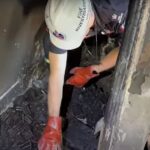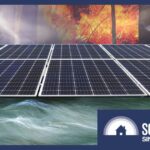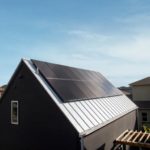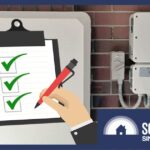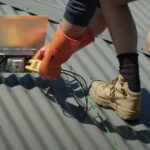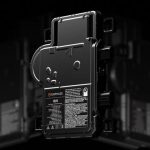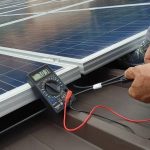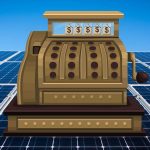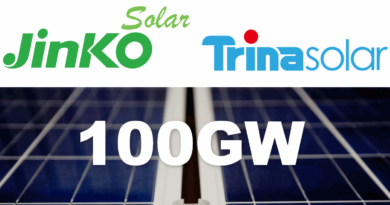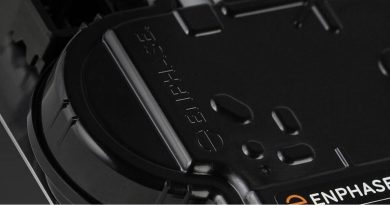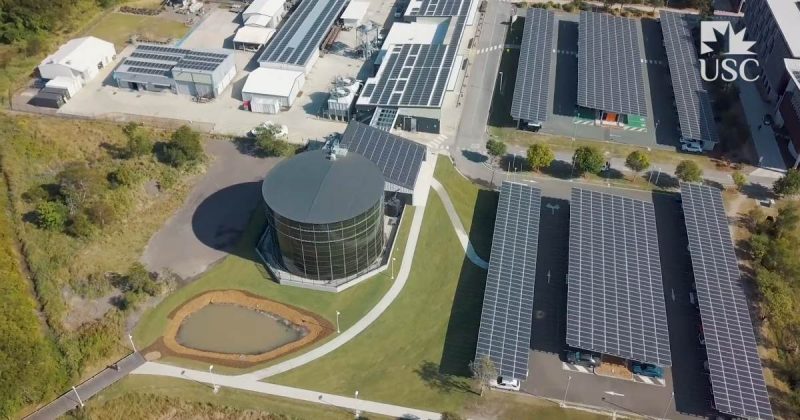Warning From FRNSW On Solar Power System Safety
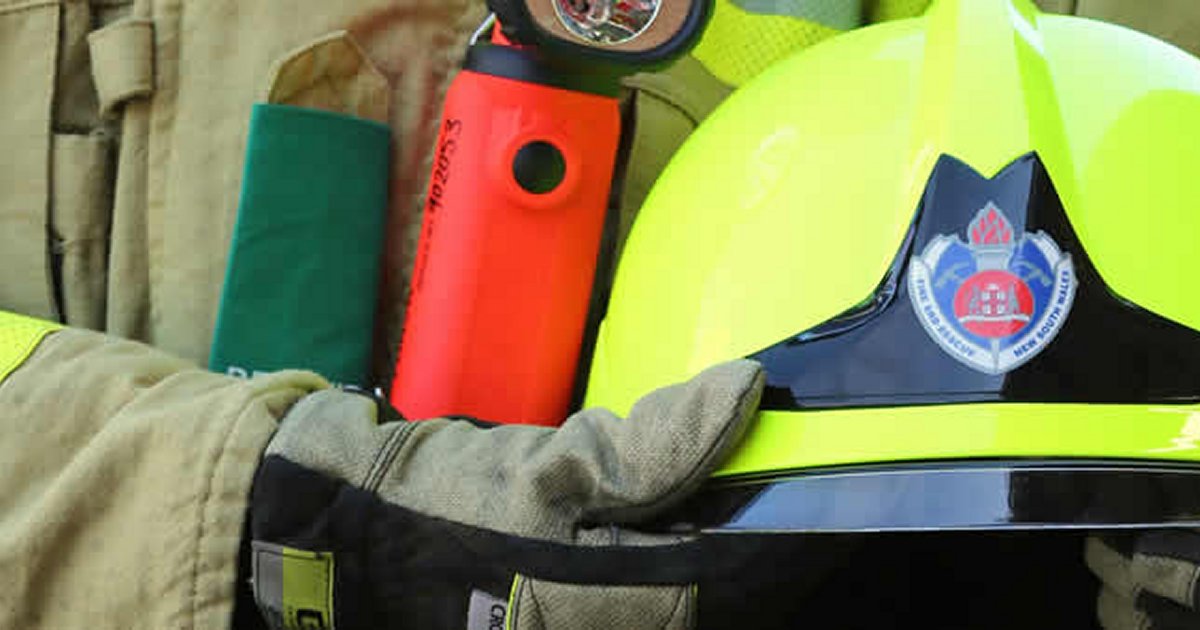
Image: FRNSW
Fire and Rescue NSW has sounded a new warning after another solar PV related incident in the state.
The Camden Advertiser reports FRNSW responded to a call on Wednesday morning after smoke was reported “coming from a switch” (assumed isolator switch) connected to solar panels on the rooftop of a home in the Sydney suburb of Ingleburn.
However, it then goes on to state smoke was coming from an “inverter in the roof”, which would be a really, really bad place to install an inverter. If it was *on* the roof, that could mean a microinverter. While it’s more difficult for a microinverter-based solar power system to catch fire, it’s not impossible. But the Advertiser also states the switches for the panels and “the inverter” were then turned off by FRNSW, suggesting it wasn’t a microinverter based system.
The component confusion aside, there was smoke, solar was involved and it sounds like the firies dealt with the incident before any major damage occurred; bless them.
FRNSW has again urged solar buyers to do their due diligence when choosing a solar installer – and for system owners to ensure professional maintenance is kept up.
DC Isolator Switches A Common Culprit
Fire and Rescue NSW noted in a news item early this month it has seen solar panel related fires increase five-fold in the last five years, but didn’t provide any numbers. While still an uncommon occurrence in the big picture of residential PV, any increase or any incident isn’t good news.
Some of the increase could be due in part to the increasing popularity of PV in NSW. By the end of 2015, around 327,500 solar power systems had been installed in the state. By the end of June this year that figure had increased to approximately 587,000. More systems in use means an increased chance of bad stuff happening, as with any popular type of electrical product.
Much more relevant though is the hundreds of thousands of systems across the state that have been exposed to the elements for some years, which is revealing more shonky solar not built or installed to last. It’s also easy for owners to forget solar power systems need a little professional TLC from time to time to ensure everything is still operating as it should and in a safe manner.
FRNSW notes isolator switches have accounted for around half of solar power system fires in the state. What proportion of those were rooftop isolators wasn’t mentioned, but chances are many of them were.
A rooftop DC isolator is a manually operated switch situated adjacent to a solar panel array that shuts off DC current between the array and the solar inverter. It was intended as an additional safety mechanism, but the switches have caused more problems than they have solved – particularly when not installed correctly or when using poor quality components.
Solar power systems installed by a competent installer using good quality isolator switches are safe. A shroud/weather shield to help protect the isolator has also been a requirement for some time. But regardless of installation quality or whether a shroud is in place, it’s important have an inspection and system test performed every few years given the harsh conditions these little boxes and other components of a solar panel system endure.
Why Are Rooftop DC Isolators Still Used?
Many solar installers despise rooftop isolators, but they are a required part of an installation. There’s been a push to have the rooftop DC isolator requirement removed from the AS/NZS 5033 Standard for quite a while and for wall-mounted DC isolator switches to join them, instead favouring use of an isolator enclosed within the inverter.
Trivia – Australia is the only country in the world that requires a rooftop DC isolator switch be installed with a solar power system.
Original Source: https://www.solarquotes.com.au/blog/solar-power-fire-mb1661/



